World rubber prices increased simultaneously
In the trading session on November 27, rubber futures prices on major exchanges in Asia recorded an upward trend, mainly due to concerns about supply disruptions caused by bad weather in Thailand.
Specifically, price movements in major markets are as follows:
- At the Osaka Exchange (OSE), Japan: The December futures contract increased by 5.8 yen, equivalent to 1.7%, to 338.3 yen/kg. The contract for delivery in May 2026 also increased by 2.8 yen (0.84%) to 337 yen/kg (equivalent to 2.16 USD/kg).
- At the Shanghai Futures Exchange (SHFE), China: The January 2026 futures contract increased by 115 yuan, equivalent to 0.76%, to 15,225 yuan/ton.
- In Singapore (SICOM): The December contract closed at 178 US cents/kg, up 2.8%.
- In Thailand: Rubber futures price for December 2025 remained unchanged at 68.19 baht/kg.
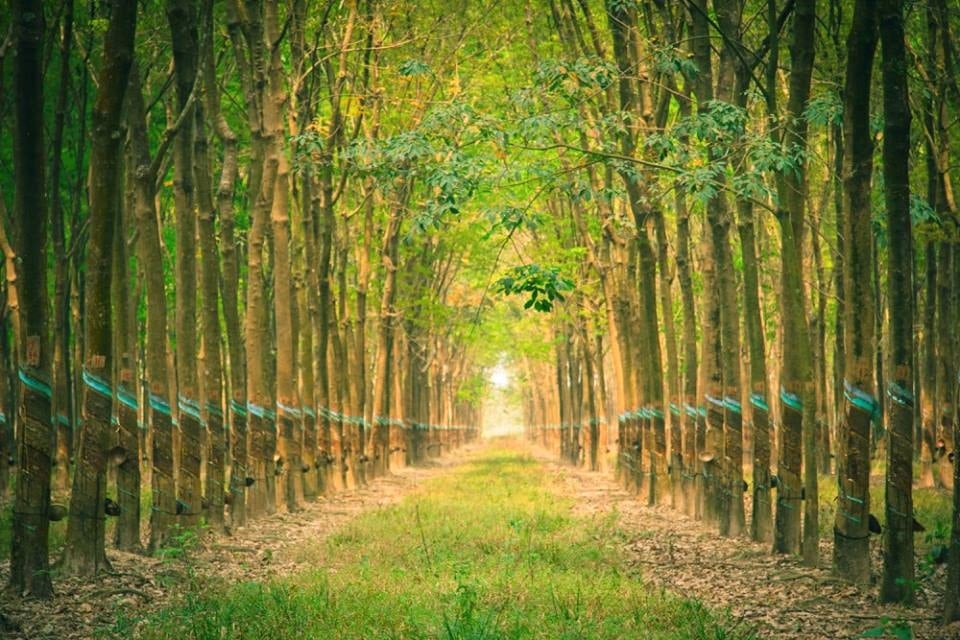
Floods in Thailand put pressure on supplies
The main reason for the price increase is that heavy rains and severe flooding continue to affect Thailand, the world's largest producer of natural rubber. The country's meteorological agency has warned of heavy rains lasting until December 2, which could cause flash floods and widespread inundation.
According to the National Rubber Authority of Thailand, severe flooding in the south of the country could cut production by up to 90,000 tonnes, causing an estimated loss of 4.5 billion baht (US$140 million). Currently, about 656,000 hectares (4.1 million rai) of rubber plantations have been inundated, directly affecting more than 160,000 farming households.
Other factors affecting the market
Besides the weather factor, the rubber market is also affected by other macro factors. The Japanese yen increased slightly to 156.12 yen per dollar, but the weaker yen in recent times has made assets priced in this currency more attractive to foreign investors.
Meanwhile, global oil prices are trending lower due to expectations of a ceasefire in Ukraine. Fluctuating oil prices affect the price of synthetic rubber, a product that competes directly with natural rubber. In addition, demand for rubber for tire production is expected to increase as China’s Great Wall Motor aims to produce 300,000 vehicles per year in Europe by 2029.
Domestic rubber prices are stable.
In the Vietnamese market, raw rubber purchasing prices are maintained stable by businesses. Below is a reference price list from some companies:
| Company | Type of latex | Unit price |
|---|---|---|
| Binh Long Company | Latex at the factory | 422 VND/degree TSC/kg |
| Mixed latex (DRC 60%) | 14,000 VND/kg | |
| Ba Ria Rubber Company | Latex (25-30 degrees TSC) | 415 VND/degree TSC/kg |
| DRC latex (35-44%) | 13,900 VND/kg | |
| MangYang Company | Latex (Type 1) | 408 VND/TSC |
| Mixed latex (Type 1) | 419 VND/DRC | |
| Phu Rieng Company | latex | 420 VND/TSC |
| Miscellaneous latex | 390 VND/DRC |
Source: https://baolamdong.vn/gia-cao-su-nhat-ban-tang-17-vi-lo-ngai-lu-lut-tai-thai-lan-405779.html


![[Photo] Prime Minister Pham Minh Chinh chairs the 15th meeting of the Central Emulation and Reward Council](/_next/image?url=https%3A%2F%2Fvphoto.vietnam.vn%2Fthumb%2F1200x675%2Fvietnam%2Fresource%2FIMAGE%2F2025%2F11%2F27%2F1764245150205_dsc-1922-jpg.webp&w=3840&q=75)
![[Photo] President Luong Cuong attends the 50th Anniversary of Laos National Day](/_next/image?url=https%3A%2F%2Fvphoto.vietnam.vn%2Fthumb%2F1200x675%2Fvietnam%2Fresource%2FIMAGE%2F2025%2F11%2F27%2F1764225638930_ndo_br_1-jpg.webp&w=3840&q=75)







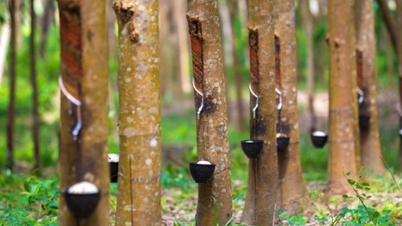

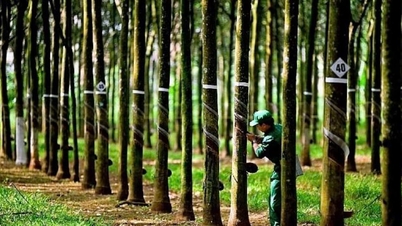
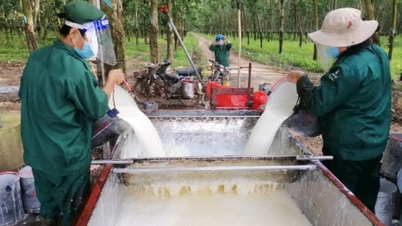
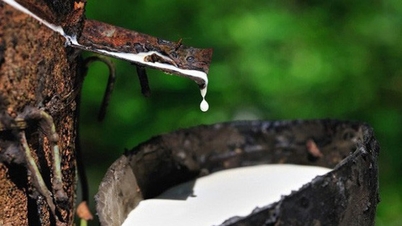









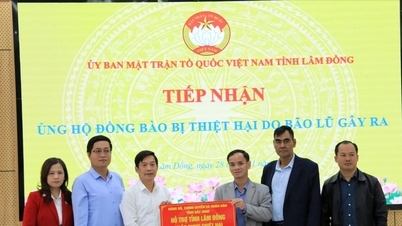




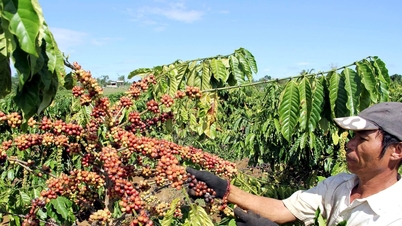
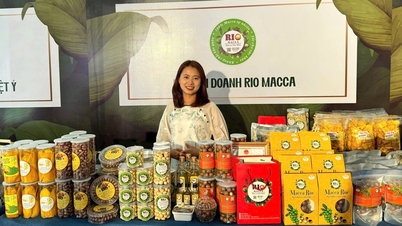
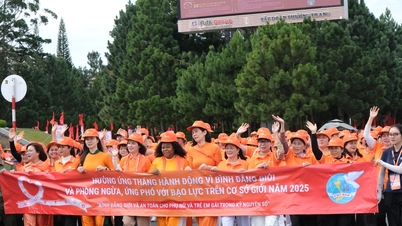

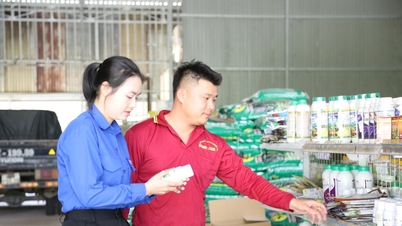
























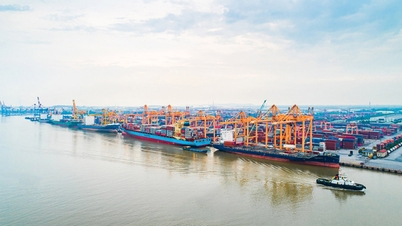
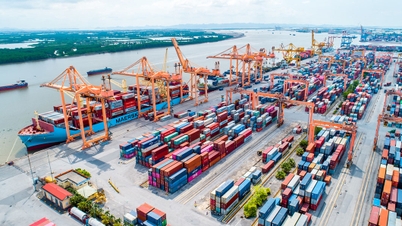





























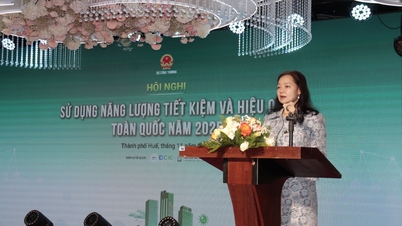



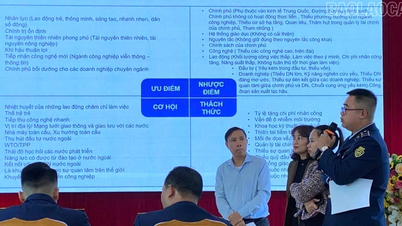



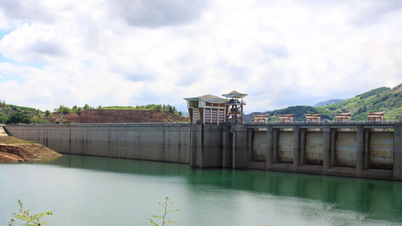











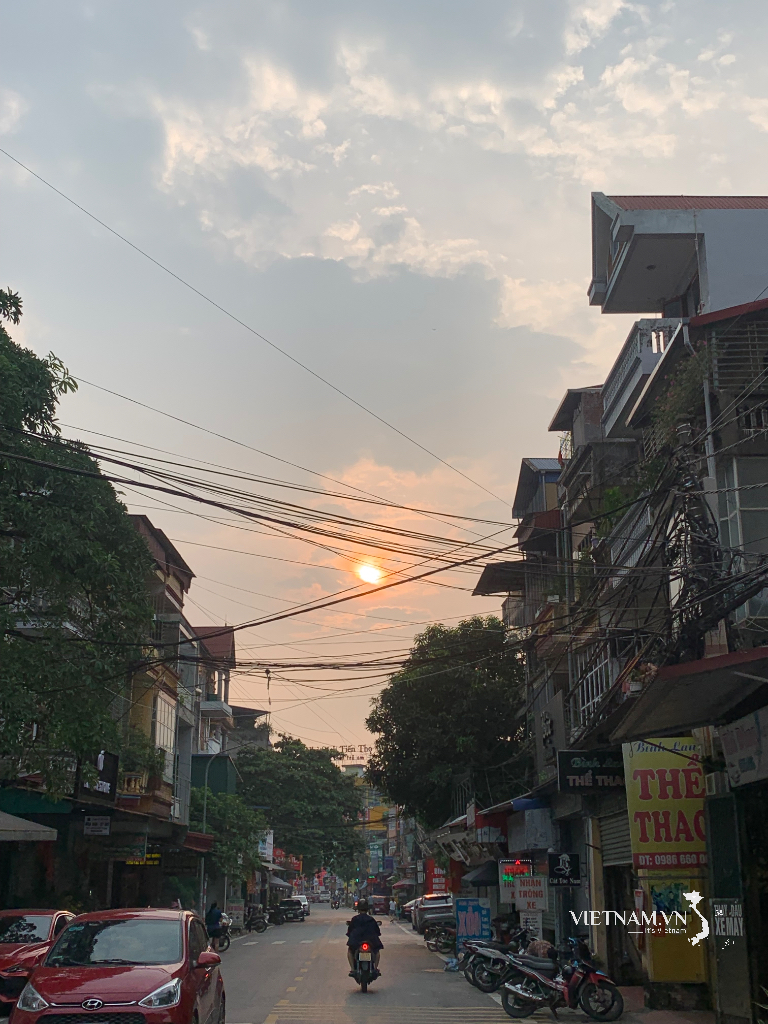
Comment (0)